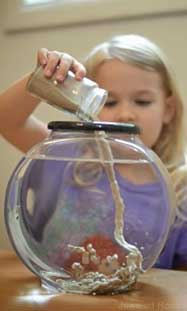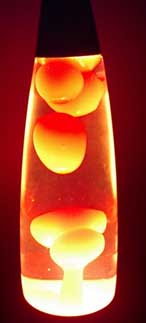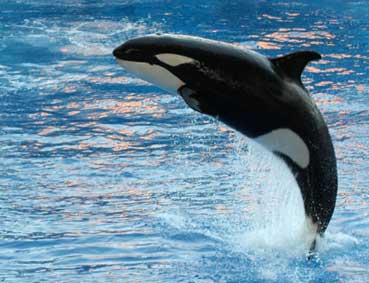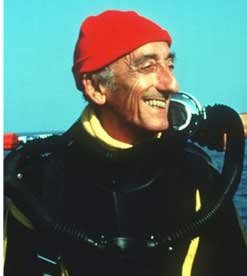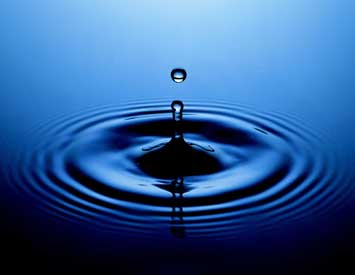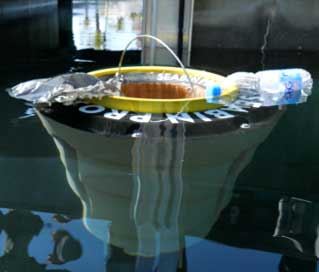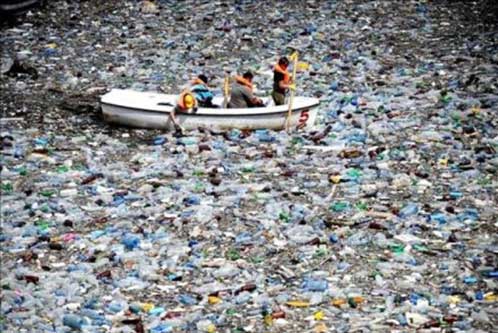Make Your Own Waterproof Sand
Simon Watts2021-02-03T09:39:53+11:00You only need two ingredients to make this very cool stuff! Sand and waterproofing spary. Essentially, we ‘waterproof’ the sand with the same type of substance that we might use to waterproof a jacket or a tent. The sand becomes ‘hydrophobic’, or ‘water-hating’, and repels the water instead of mixing with it. You can make some very interesting underwater structures after creating waterproof sand. Make Waterproof sand...

